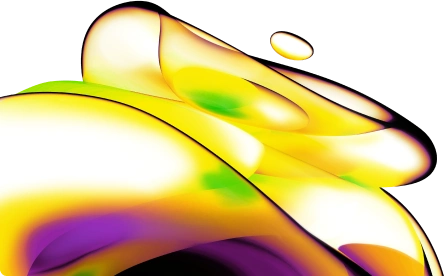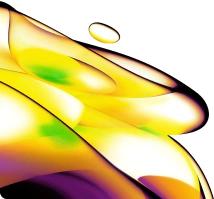

AlphaLISA SureFire Ultra Human Phospho-AXL (Tyr702) Detection Kit, 100 assay points
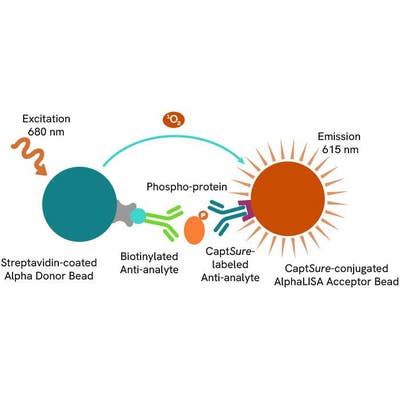
AlphaLISA SureFire Ultra Human Phospho-AXL (Tyr702) Detection Kit, 100 assay points
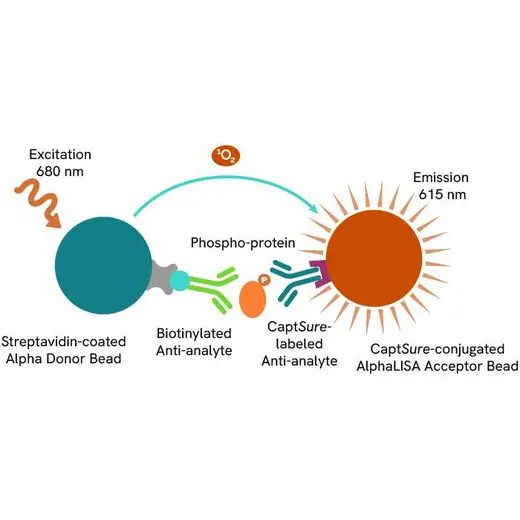

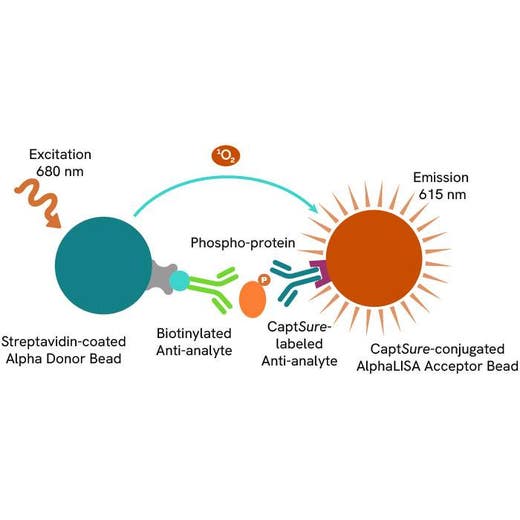

The AlphaLISA™ SureFire® Ultra™Human Phospho-AXL (Tyr702) assay is a sandwich immunoassay for quantitative detection of phospho-AXL (Tyr702) cellular lysates using Alpha Technology.
| Feature | Specification |
|---|---|
| Application | Cell Signaling |
| Protocol Time | 2h at RT |
| Sample Volume | 30 µL |
The AlphaLISA™ SureFire® Ultra™Human Phospho-AXL (Tyr702) assay is a sandwich immunoassay for quantitative detection of phospho-AXL (Tyr702) cellular lysates using Alpha Technology.


AlphaLISA SureFire Ultra Human Phospho-AXL (Tyr702) Detection Kit, 100 assay points


AlphaLISA SureFire Ultra Human Phospho-AXL (Tyr702) Detection Kit, 100 assay points


Product information
Overview
AXL is a receptor tyrosine kinase (RTK) in the TAM family, activated by its ligand Growth Arrest-Specific 6 (GAS6). Upon activation, AXL undergoes autophosphorylation, triggering downstream pathways such as PI3K/AKT, MAPK/ERK, and NF-κB, which promote cell survival, proliferation, migration, and immune evasion. In normal physiology, AXL is involved in processes like platelet aggregation, immune regulation, and clearance of apoptotic cells. AXL overexpression or aberrant activation is linked to aggressive cancers, including non-small cell lung cancer (NSCLC), breast cancer, and leukemia, where it contributes to metastasis and drug resistance.
The AlphaLISA SureFire Ultra Human Phospho-AXL (Tyr702) Detection Kit is a sandwich immunoassay for the quantitative detection of phospho-AXL (Tyr702) in cellular lysates, using Alpha Technology.
Formats:
- The HV (high volume) kit contains reagents to run 100 wells in 96-well format, using a 60 μL reaction volume.
- The 500-point kit contains enough reagents to run 500 wells in 384-well format, using a 20 μL reaction volume.
- The 10,000-point kit contains enough reagents to run 10,000 wells in 384-well format, using a 20 μL reaction volume.
- The 50,000-point kit contains enough reagents to run 50,000 wells in 384-well format, using a 20 μL reaction volume.
AlphaLISA SureFire Ultra kits are compatible with:
- Cell and tissue lysates
- Antibody modulators
- Biotherapeutic antibodies
AlphaLISA SureFire Ultra kits can be used for:
- Cellular kinase assays
- Receptor activation studies
- High-throughput screening for preclinical studies
Specifications
| Application |
Cell Signaling
|
|---|---|
| Automation Compatible |
Yes
|
| Brand |
AlphaLISA SureFire Ultra
|
| Detection Modality |
Alpha
|
| Protocol Time |
2h at RT
|
| Sample Volume |
30 µL
|
| Shipping Conditions |
Shipped in Blue Ice
|
| Target |
AXL
|
| Target Class |
Phosphoproteins
|
| Target Species |
Human
|
| Technology |
Alpha
|
| Therapeutic Area |
Oncology
|
| Unit Size |
100 assay points
|
How it works
Phospho-AlphaLISA SureFire Ultra assay principle
The Phospho-AlphaLISA SureFire Ultra assay measures a protein target when phosphorylated at a specific residue.
The assay uses two antibodies which recognize the phospho epitope and a distal epitope on the targeted protein. AlphaLISA assays require two bead types: Acceptor and Donor beads. Acceptor beads are coated with a proprietary CaptSure™ agent to specifically immobilize the assay specific antibody, labeled with a CaptSure tag. Donor beads are coated with streptavidin to capture one of the detection antibodies, which is biotinylated. In the presence of phosphorylated protein, the two antibodies bring the Donor and Acceptor beads in close proximity whereby the singlet oxygen transfers energy to excite the Acceptor bead, allowing the generation of a luminescent Alpha signal. The amount of light emission is directly proportional to the quantity of phosphoprotein present in the sample.

Phospho-AlphaLISA SureFire Ultra two-plate assay protocol
The two-plate protocol involves culturing and treating the cells in a 96-well plate before lysis, then transferring lysates into a 384-well OptiPlate™ plate before the addition of Phospho-AlphaLISA SureFire Ultra detection reagents. This protocol permits the cells viability and confluence to be monitored. In addition, lysates from a single well can be used to measure multiple targets.
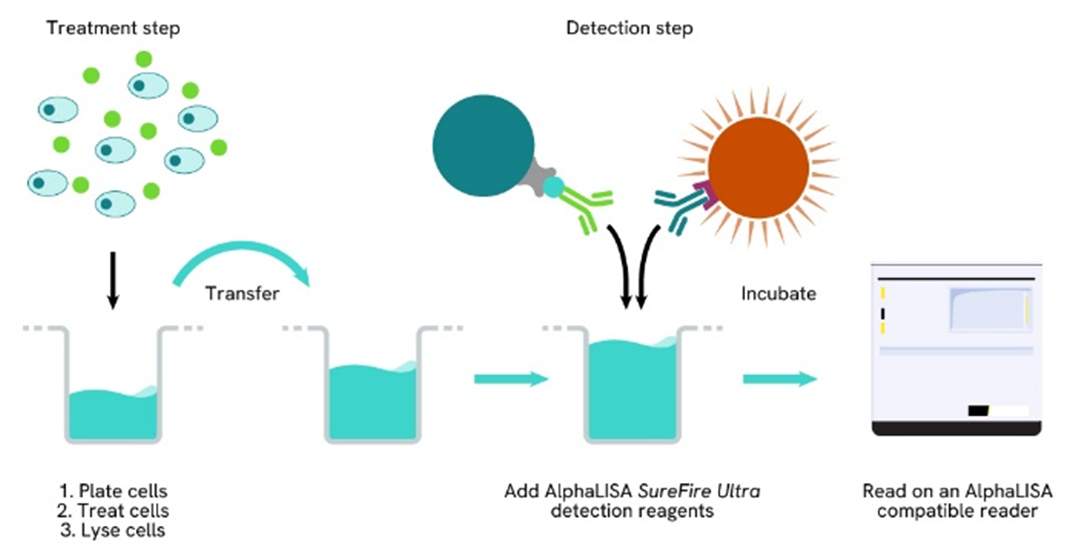
Phospho-AlphaLISA SureFire Ultra one-plate assay protocol
Detection of Phosphorylated target protein with AlphaLISA SureFire Ultra reagents can be performed in a single plate used for culturing, treatment, and lysis. No washing steps are required. This HTS designed protocol allows for miniaturization while maintaining AlphaLISA SureFire Ultra quality.
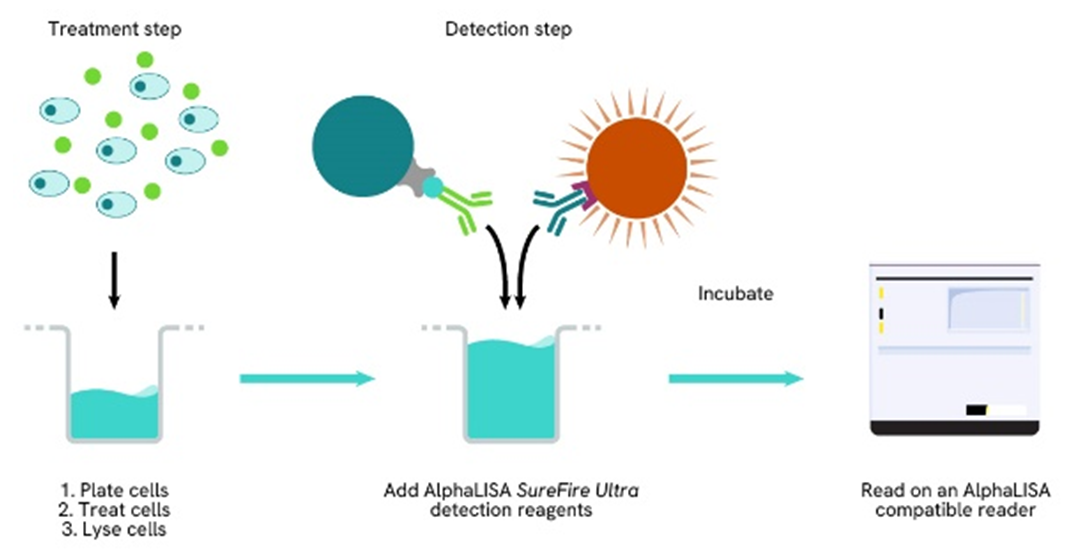
Assay validation
Activation of AXL Phospho (Tyr702) in cells treated with Gas6 protein
A549 or HeLa cells were seeded in a 96-well plate (40,000 cells/well) in complete medium and incubated overnight at 37°C, 5% CO2. The cells were treated with increasing concentrations of Gas6 protein for 15 minutes.
After treatment, the cells were lysed with 100 µL of Lysis Buffer for 10 minutes at RT with shaking (350 rpm). AXL Phospho (Tyr702) and Total levels were evaluated using respective AlphaLISA SureFire Ultra assays. For the detection step, 10 µL of cell lysate (approximately 4,000 cells) were transferred into a 384-well white OptiPlate, followed by 5 µL of Acceptor mix and incubated for 1 hour at RT. Finally, 5 µL of Donor mix was then added to each well and incubated for 1 hour at RT in the dark. The plate was read on an Envision using standard AlphaLISA settings.
As expected, the Gas6 protein triggered a dose-dependent increase in levels of Phospho (Tyr702) AXL while Total levels remained unchanged.
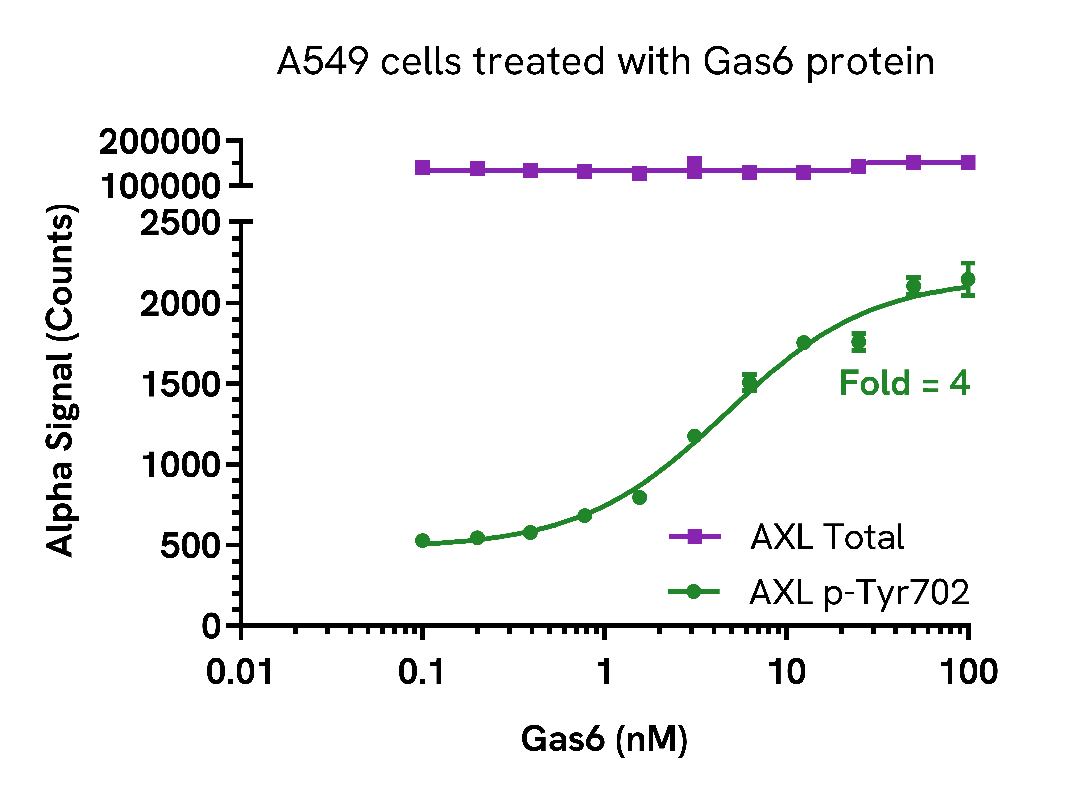
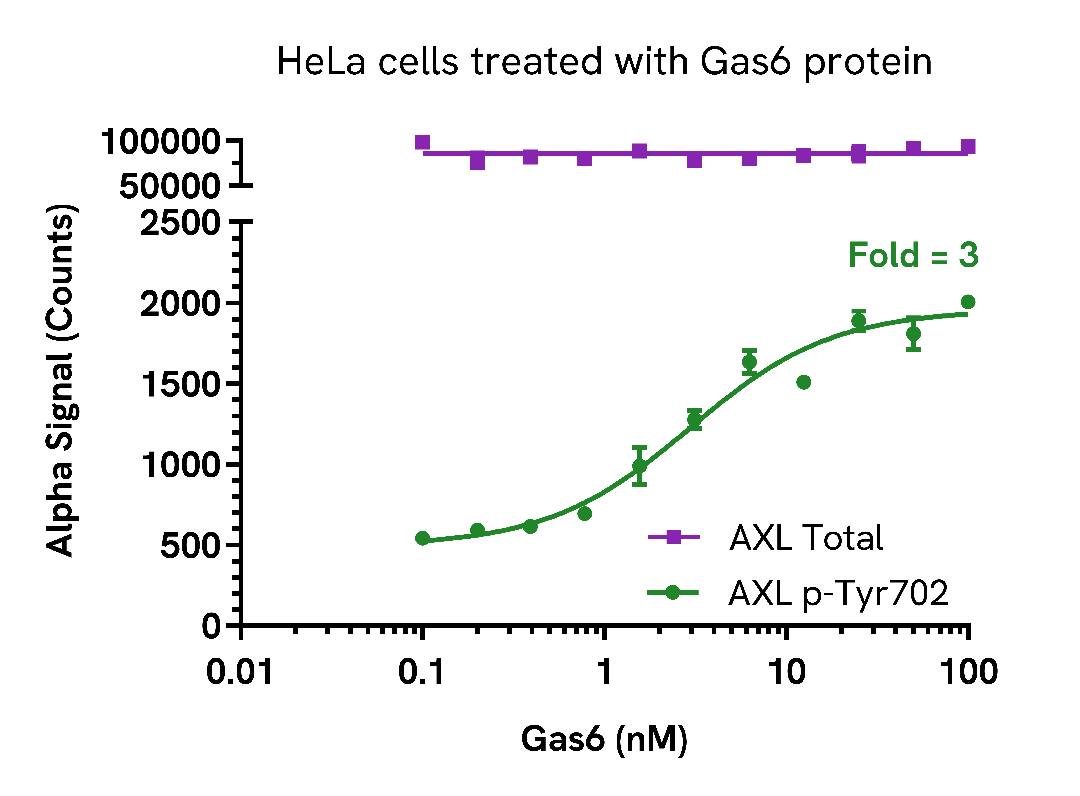
Activation of AXL Phospho (Tyr702) in cells treated with H2O2
HeLa cells were seeded in a 96-well plate (40,000 cells/well) in complete medium and incubated overnight at 37°C, 5% CO2. The cells were treated with increasing concentrations of H2O2 for 15 minutes.
After treatment, the cells were lysed with 100 µL of Lysis Buffer for 10 minutes at RT with shaking (350 rpm). AXL Phospho (Tyr702) and Total levels were evaluated using respective AlphaLISA SureFire Ultra assays. For the detection step, 10 µL of cell lysate (approximately 4,000 cells) were transferred into a 384-well white OptiPlate, followed by 5 µL of Acceptor mix and incubated for 1 hour at RT. Finally, 5 µL of Donor mix was then added to each well and incubated for 1 hour at RT in the dark. The plate was read on an Envision using standard AlphaLISA settings.
As expected, the H2O2 triggered a dose-dependent increase in levels of Phospho (Tyr702) AXL while Total levels remained unchanged.
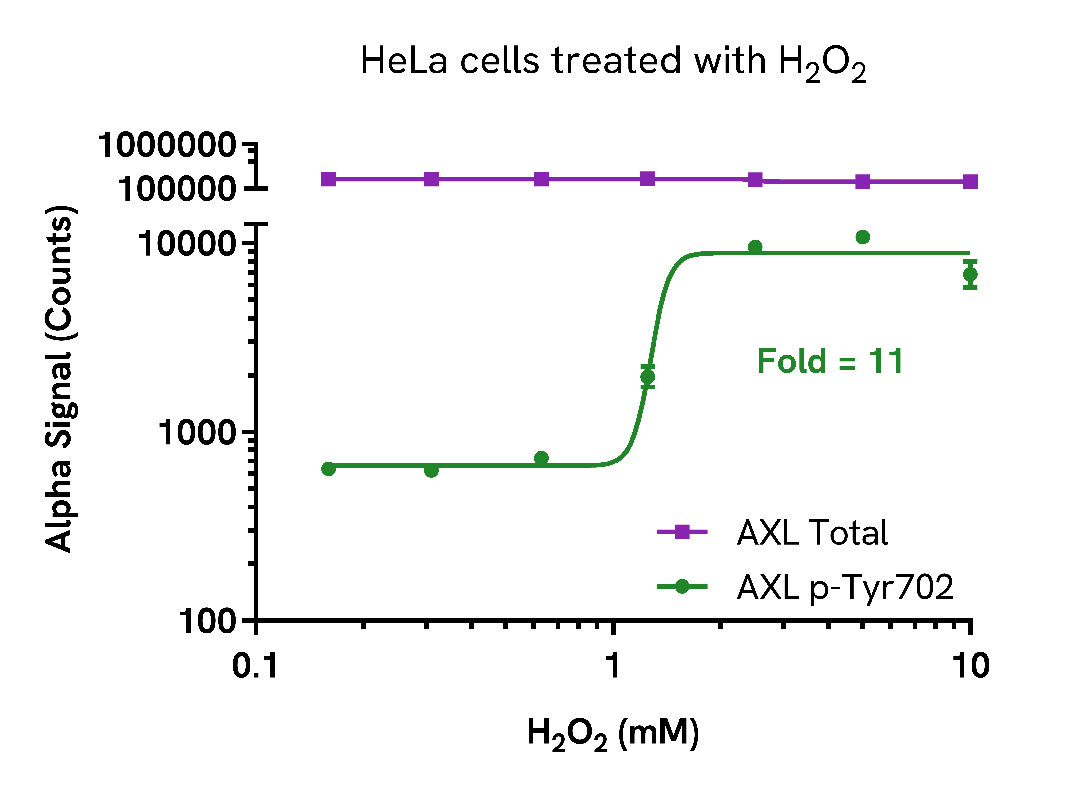
Assay specificity/selectivity
Knockout validation of AXL Phospho (Tyr702) assay
AXL Phospho (Tyr702) levels were assessed in Wild Type (WT) and AXL knockout (KO) A549 cells. AXL KO cells (Abcam ab273744) and WT A549 cells were seeded at various densities in a 96 well plate in complete medium, and incubated overnight at 37°C, 5% CO2. The cells were treated with 100 µM Pervanadate for 15 minutes.
After treatment, the cells were lysed with 100 µL of Lysis Buffer for 10 minutes at RT with shaking (350 rpm). The cell lysate was evaluated for AXL Phospho (Tyr702) levels by AlphaLISA SureFire Ultra. For the detection step, 10 µL of cell lysate was transferred into a 384-well white OptiPlate, followed by 5 µL of Acceptor mix and incubated for 1 hour at RT. Finally, 5 µL of Donor mix was then added to each well and incubated for 1 hour at RT in the dark. The plate was read on an Envision using standard AlphaLISA settings.
As expected, AXL Phospho (Tyr702) was detected in the pervanadate treated WT cells but not in the AXL-KO cell line.
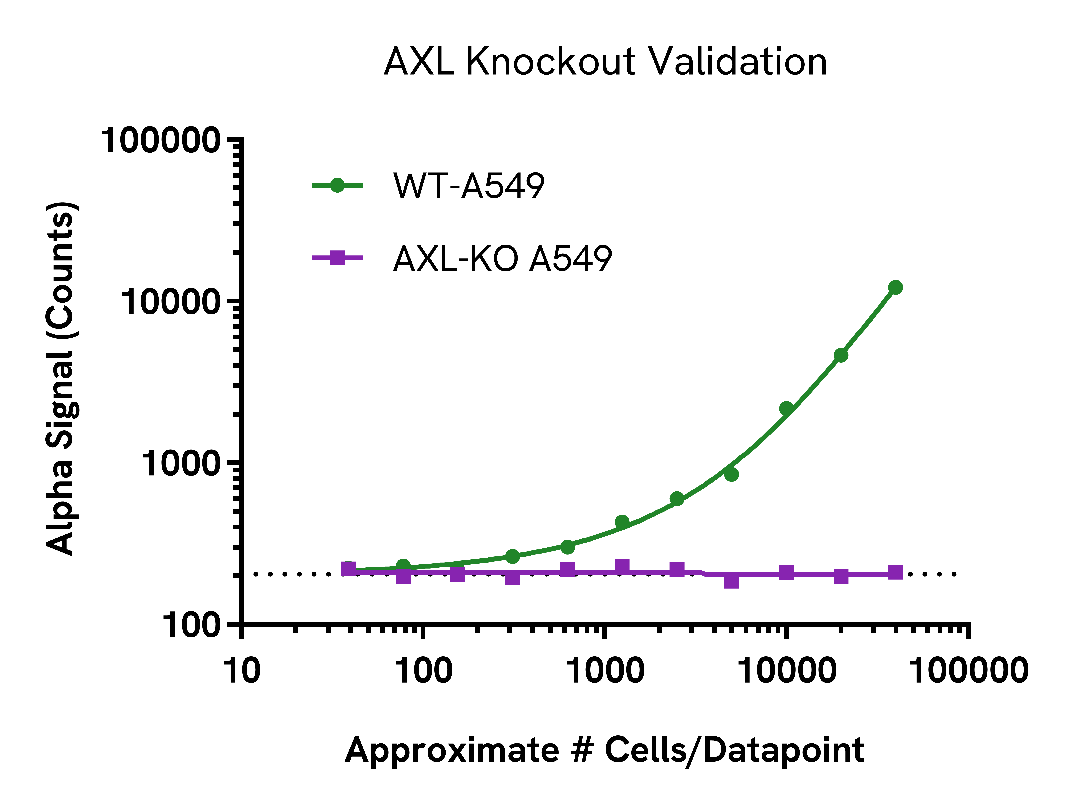
SDS, COAs, Manuals and more
Are you looking for technical documents related to the product? We have categorized them in dedicated sections below. Explore now.
- Lot Number-Lot Date-
- Resource TypeManualLanguageEnglishCountry-


Recently viewed
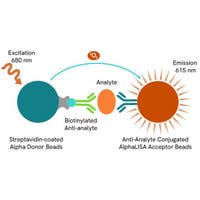
How can we help you?
We are here to answer your questions.
